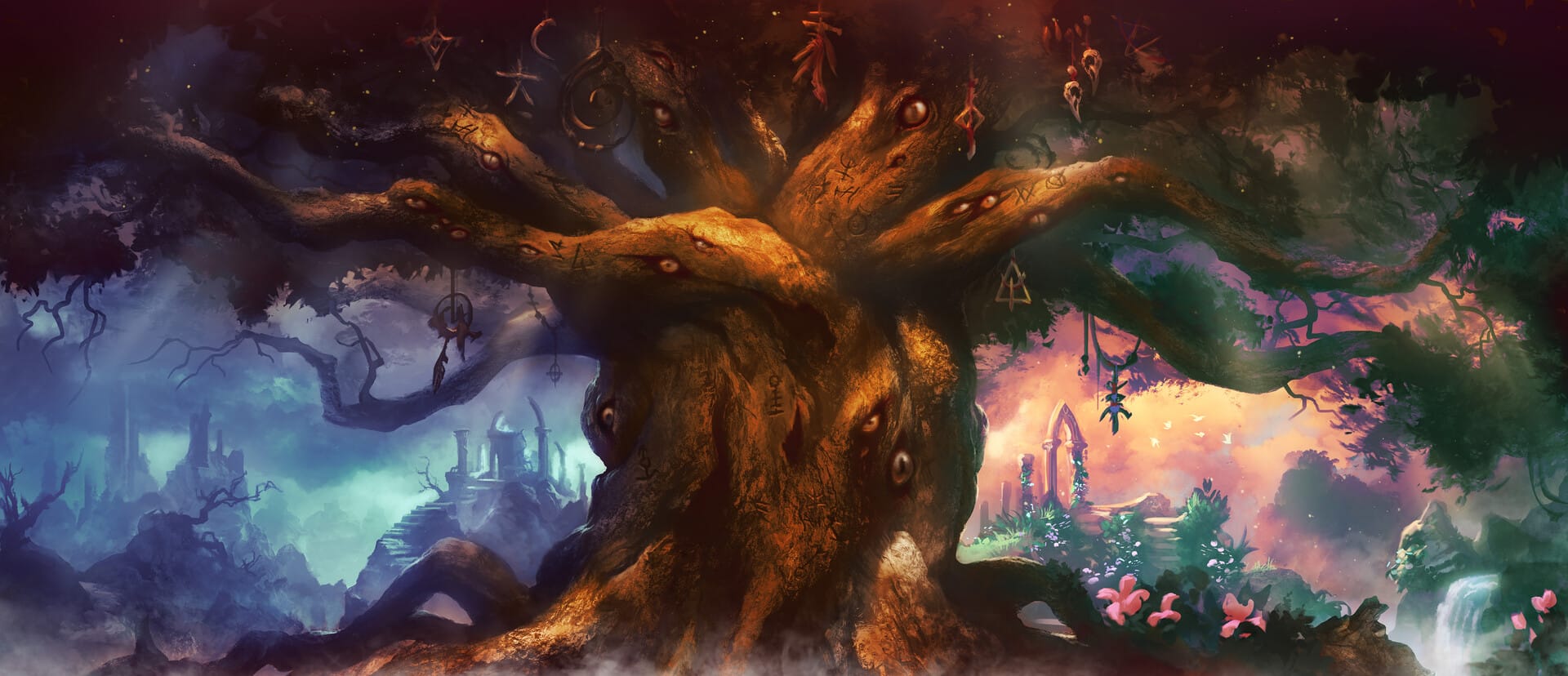3 Myths About Using Published Settings


Artwork by Zsolt Kosa from Crown of the Oathbreaker
I used to scoff at the idea of using a published setting for my D&D campaigns. I’d happily steal from them to inspire my own setting, but use them outright? Outrageous. I’m a worldbuilder, not a worldborrower. But I was thinking about this all wrong. And if you feel the way I did, you might be, too.
Myth #1: You should choose a popular setting.
Anytime I heard the words “published setting” my mind jumped to the Forgotten Realms, Eberron, Ravenloft, or something similar. While each has its merits, they just don’t interest me. They’re too much, too overused, and too well known. The excuses were many but those didn’t really matter either. In truth, you need to find a setting that excites you. If you aren’t excited to run it, there’s no game. I found that in the Nentir Vale. But there are thousands of settings on the internet. Here are a few more that excite me (and might excite you): - Kingdom of Aglarion. This is the setting for the Crown of the Oathbreaker adventure. - Erenel. I’ve always admired their thoroughly developed and maintained wiki. - Dolmenwood. The quality of this setting is hard to match. - The Dragon Empire. This is the default setting for 13th Age.
Myth #2: You need to know a lot about the setting.
Learning about a setting is half the fun. Exploring old books, blog articles, and acquiring new books in search of lore makes me feel like Gandalf scouring the records at Minas Tirith. I love to uncover the lore as the game unfolds. When a player chooses to worship Bahamut, I seek out and find a handful of Dragon magazine articles on Bahamut in the Nentir Vale. It’s a blast. But…
You only ever need to know enough to run your next session. That’s a fact. Your game may only ever need or use 10% of a setting’s published material. And that’s ok! Don’t waste your prep time learning the other 90%. Save that for later if it’s something you truly enjoy.
Myth #3: You need to run the setting as it’s presented.
Your version of the published setting is the only one that matters. Not some elusive ideal that only exists on the pages of a book. Add an NPC here. Remove a city there. Something in the setting not working for the campaign you had in mind? Toss it. Forget something important to the setting in your last session? Don’t sweat it and move on. Nothing is sacred outside of enjoying your game at the table with friends.
Published settings can be daunting and intimidating. But debunking these myths reveals the fun, simplicity, and opportunity they provide. Find a setting that interests you and never look back.
Game on.
